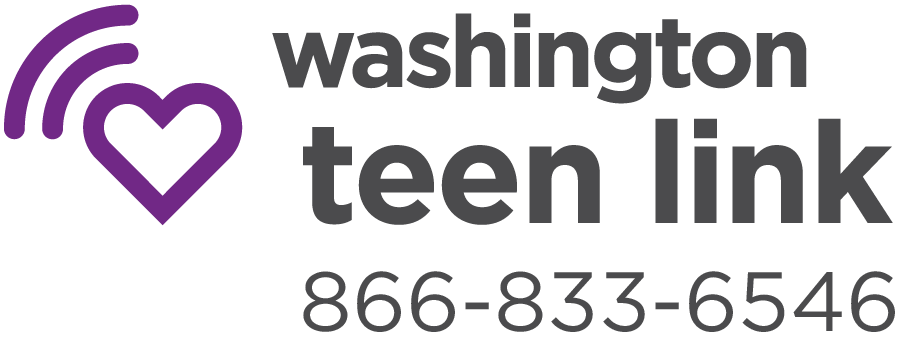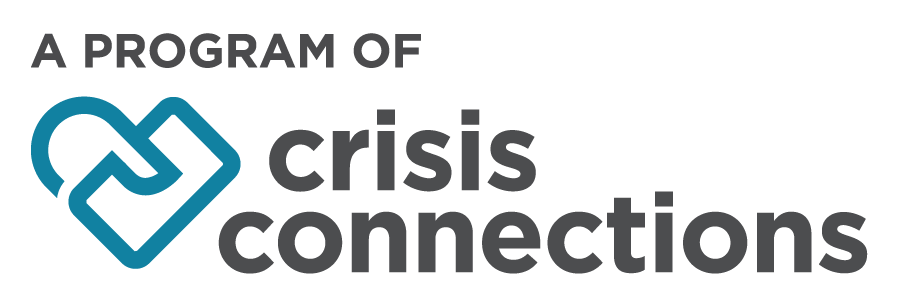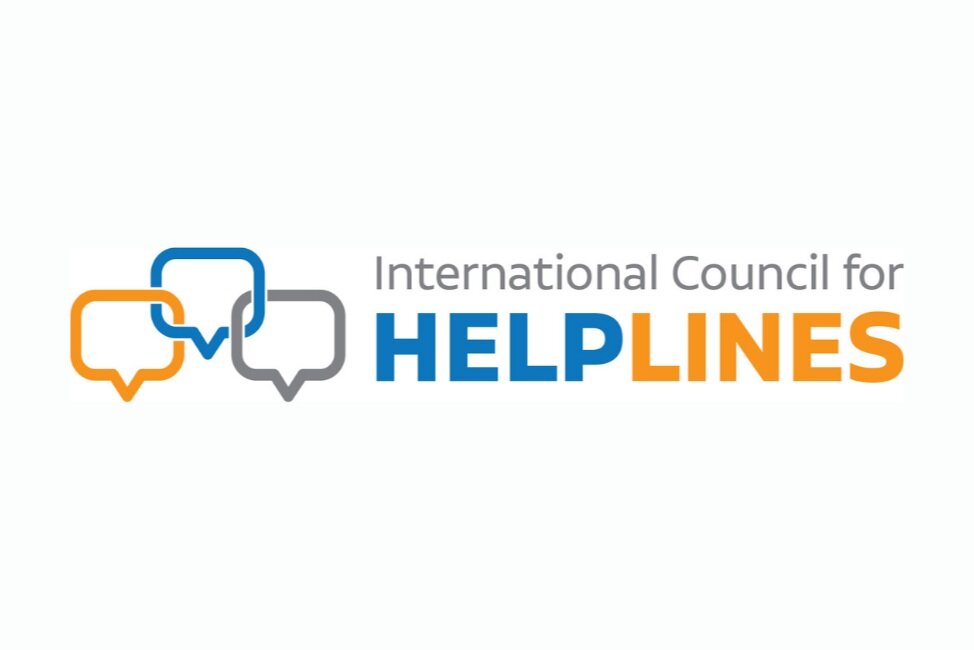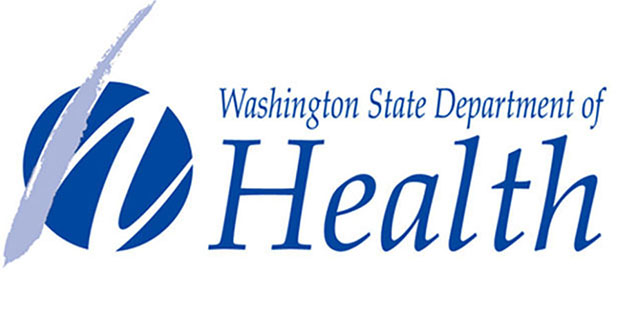Youth Suicide Prevention: How do we help teens in crisis?
By Crisis Connections
Seattle, WA – Suicide is in the news a lot these days, and it’s no wonder – overall suicide rates in the US have increased 30% between 1999 and 2016, according to the Center for Disease Control (CDC 2018). Our youth are no exception. The 2018 Washington Healthy Youth Survey reported that 32% of 8th graders, 40% of 10th graders, and 41% of 12th graders experienced depressive feelings within the past year, and 13% of 8th graders, 15% of 10th graders, and 16% of 12th graders reported that they felt they had no adults to turn to when they felt sad or hopeless (Washington HYS 2019). Additionally, 10% of students in 8th and 10th grade, and 9% of students in 12th grade attempted suicide. Many youth don’t feel comfortable talking with an adult about challenges they are facing. Crisis Connections hopes to fill this gap by offering youth-friendly connection, support, and resources through their program: Teen Link.
Youth are more likely to talk with a peer about challenges they are facing, and Teen Link encourages young people to talk it out through a phone and chat line. What makes Teen Link so unique from other lines is that it offers a peer-support program for teens, by teens. Young people between the ages 13 and 21 can connect with a youth volunteer from 6-10pm every evening. These volunteers receive training so that they are equipped to offer a compassionate ear for someone having a bad day, as well as handle crises such as suicidal feelings, domestic violence, and other serious challenges. Mentors are always available to these volunteers for support, and they are never alone to face these calls by themselves.
In an effort to keep the program youth-driven and reflective of who teens are today, Crisis Connections consulted their teen volunteers, Teen Link staff, and community partners to refresh the Teen Link brand. “The youth population is dynamic, and it is important to stay abreast of changes in youth culture, trends, and important issues that affect youth,” says Dipti Chrastka, the Senior Clinical Director of Crisis Connections. “Their priorities all are evolving and changing rapidly. The branding that was done 5 or 10 years ago is no longer as relevant and needed to be updated.”
Crisis Connections is excited to launch a brand new look and a brand new website for Teen Link: www.teenlink.org. The new site offers support and information catered specifically to challenges youth face today. According to Chrastka, “Teen Link is a very critical resource in lives of young people and could be the only avenue of support for some youth. It can be the hub of all things youth, such as resources, connections, and support.”
While Teen Link is fundamentally a peer-to-peer support line that focuses on teens, the new branding also enables Crisis Connections to engage important suicide prevention training programs they offer in schools, as well as guidance for adults who are supporting teens.
“Being willing to listen to the youth voice and perspective is very important,” says Chrastka. The message we can give youth is that they are an important part of the social fabric and what they think, feel, and want should be heard. Having youth representation, involving them in planning, sharing feedback should inform decisions and policies.”
Crisis Connections and Teen Link are working hard to offer crisis prevention, intervention, and postvention services for youth so that ultimately, as a community, individuals and families can be better cared for before a crisis, in the moment, and after a crisis.
If you or a loved one are experiencing suicidal thoughts, or are struggling with difficult feelings, please call:
Suicide Prevention
Lifeline: 1.800.273.8255
Teen Link: 1.866.TEENLINK
Sources Cited:
CDC. Suicide Rising Across the US. 7 June 2018, https://www.cdc.gov/vitalsigns/suicide/. Accessed 14 Aug. 2019.
Washington HYS. “Healthy Youth Survey Fact Sheet: Depressive Feelings, Anxiety and Suicide for Washington State.” Healthy Youth Survey, 2019, http://www.askhys.net/.







